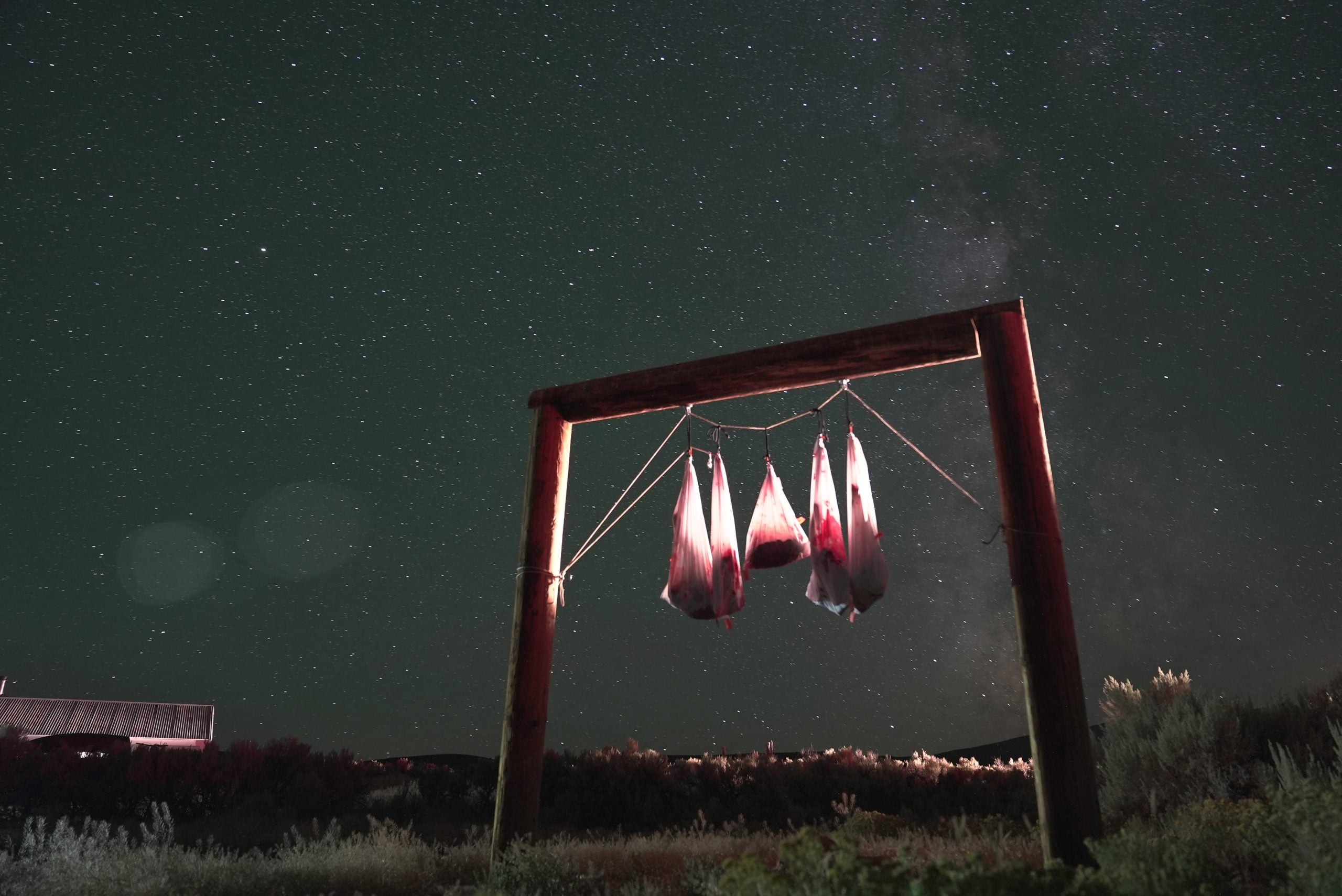Hey folks,
Arizona is a premier destination for elk and pronghorn hunting, offering a mix of high-quality hunts, excellent success rates, and vast public lands. With the application deadline for the 2025 season fast approaching—February 4, 2025, at 11:59 PM MDT—now is the time to start planning.
Don’t want to read this post? I break down the entire Arizona Elk and Pronghorn application process on our YouTube Channel. Check it out below!
In this article, I break down the key details, costs, and strategies to help you navigate Arizona’s draw system and maximize your chances of securing a tag. But, if you want way more details, go to GOHUNT.com and sign up for GOHUNT INSIDER. When checking out, use promo code RANDY to receive $50 store credit to the GOHUNT Gear shop, a Fresh Tracks+ annual subscription, plus my latest edition of my Elk Hunting E-Guide.
What’s New for 2025?
Arizona hasn’t made significant changes to its draw system or tag allocations for 2025. Most updates are administrative, such as improvements to online accounts. However, hunters can expect a slight increase in the number of rifle tags and a small decrease in archery tags. This adjustment reflects Arizona’s responsiveness to population trends and habitat conditions.
After receiving drought relief in 2022 and 2024, Arizona’s elk populations are showing signs of recovery. With continued moisture, the state may further increase tag allocations in the future. Currently, Arizona is home to approximately 35,000 elk, thanks to reintroduction efforts by the Elks Club in Winslow and Hollobrook back in 1913.
Arizona Elk and Pronghorn Costs and Fees
Arizona remains one of the most affordable states for non-resident hunters, with no recent increases in license fees, application fees, or tag fees. Here’s a breakdown of the costs:
| Item | Cost |
| License (Non-Resident) | $160.00 (Youth:$5.00) |
| Non-Refundable Fees | $15.00 per species |
| Point Guard | $10.00 per species |
| Point Guard Plus | $25.00 (covers 3 draw cycles) |
| Elk Tag (Non-Resident) | $650 |
| Pronghorn Tag | $550 |
Arizona’s upfront costs are non-refundable, meaning you must pay the tag fee, application fee, and transaction fee when applying. However, the state offers Point Guard and Point Guard Plus programs to protect your bonus points if you’re unable to hunt after drawing a tag.
Arizona’s Draw System and Odds
Arizona uses a modified Bonus Point system with two draws:
- Preference Point Draw: 20% of tags are allocated to the highest point holders.
- Bonus Point Draw: The remaining 80% of tags are distributed based on bonus points.
Non-residents are limited to 10% of the total tags, with some exceptions for Limited Opportunity Hunts. Draw odds are notoriously tough, with over 51,000 non-residents currently holding elk points—nearly 10,000 of whom have 10+ points.
Strategies for Applying in Arizona – Sponsored by GOHUNT
Here’s a step-by-step guide to efficiently research and apply for Arizona elk hunts:
- Read the Arizona Strategy Article: This comprehensive guide provides in-depth insights into unit selection, hunt timing, and more.
- Use Filtering 2.0: Narrow down units based on your criteria, such as success rates, trophy potential, and public land access.
- Analyze Draw Odds: Review the odds for your preferred units over the past five years to identify trends.
When selecting hunt codes, focus on your first two choices. Your first choice should be a “swing for the fences” option, while your second choice should be a more realistic backup.
Arizona Public Land and Access
Over 60% of Arizona is public land, including State Trust Lands accessible with a hunting license. Most elk and pronghorn populations reside on public land, making it easier to find productive hunting areas.
Frequently Asked Questions
Q: How does the Loyalty Point and Hunter Education Point work?
- Loyalty Point: Earned after applying for the same species for five consecutive years. It remains intact as long as you continue applying annually.
- Hunter Education Point: Permanently awarded after completing a hunter education course (now available online for $300).
Q: Can I return a tag?
Yes, Arizona allows you to return a tag to restore your points, but you will not receive a refund for the tag itself. You must purchase PointGuard and you can only surrender a tag one time before needing to use your points on future draws.
Q: Are there short-term options?
Most hunts are mid-term (5-9 years) or long-term (10+ years) draw options. Late archery and rifle hunts offer slightly better odds for mid-term applicants.
Why Arizona?
Arizona is a top-tier state for elk hunting, offering exceptional value, high success rates, and abundant public land. It’s an excellent choice for non-residents willing to invest time in building points. For those who enjoy hunting other species like deer, quail, or javelina, Arizona provides even more opportunities. Want more insight on why Arizona is worth it? Take a listen in on why Corey Jacobsen and I love hunting Arizona!
Final Thoughts
Don’t miss the February 4, 2025 deadline!
Arizona’s elk and pronghorn hunts are worth the effort, offering some of the best opportunities in the West. By understanding the draw system, analyzing odds, and using tools like GOHUNT’s Filter 2.0, you can maximize your chances of success. Start planning today, and good luck in the 2025 draw!





